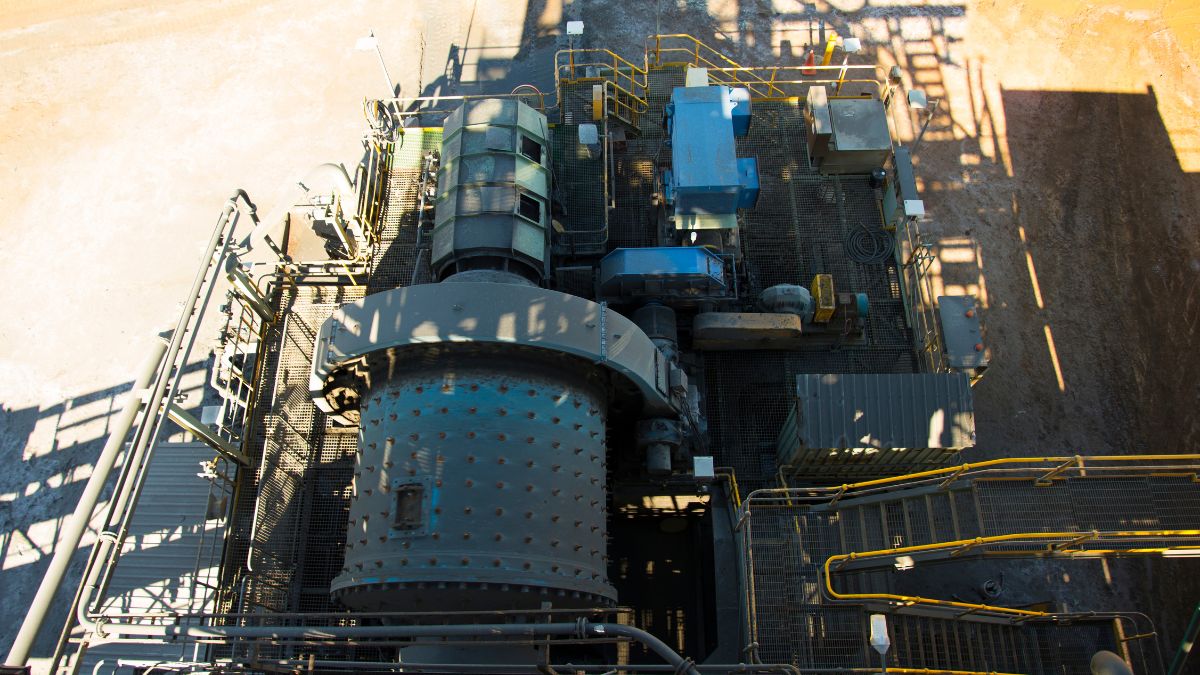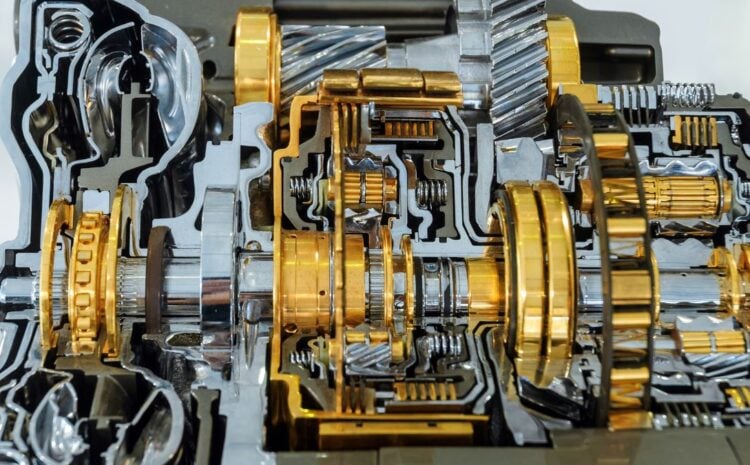The mining industry plays a pivotal role in the global economy. It provides essential raw materials for numerous sectors, including construction and manufacturing. Within this vast and complex industry, one often overlooked component is the gearbox. The efficient maintenance of these mechanical workhorses can have significant long-term economic and environmental effects. They are essential to the efficient operation of heavy equipment used in mining. In this article, we will explore gearbox maintenance in the mining sector. We’ll discuss its economic benefits, impact on health and safety, and contributions to ESG practices.
Gearbox Maintenance and Its Significance
Gearbox maintenance in mining involves proactive steps to ensure efficient operation and extended component life. It’s essential for reliable mining machinery. While gearboxes might not often make headlines, they serve as the unsung mining heroes, helping extract valuable raw materials like iron ore, precious metals, base metals, and critical minerals.
Gearboxes are composed of intricate components, including gear teeth, shafts, bearings, and seals, which must work in unison to transfer power effectively. Neglecting their maintenance can lead to overheating, lubrication problems, and vibrations, which can ultimately result in costly gearbox repairs, unplanned downtime, and production losses.
Role of Gearbox Maintenance in Health and Safety
Prioritizing gearbox maintenance goes beyond the economic benefits; it directly impacts health and safety in mining work environments. Regular vibration analysis and condition monitoring can identify issues before they become critical, reducing the risk of equipment failures that may pose dangers to workers.
By ensuring that gearboxes are in optimal condition, mining companies contribute to the safety of their employees and surrounding communities. Moreover, a well-maintained gearbox helps maintain a safe and stable work environment, which is essential for the overall well-being of those involved in the industry.
Economic Benefits of Gearbox Maintenance
The economic benefits of maintaining gearboxes are substantial. Properly maintained gearboxes increase the efficiency and lifespan of mining equipment. When gearboxes perform optimally, it translates to increased productivity and decreased downtime, resulting in substantial economic gains. Additionally, reducing unplanned gearbox repair costs can significantly boost a mining company’s bottom line.
ESG and Gearbox Maintenance
In recent years, environmental, social, and governance (ESG) practices have become increasingly important for businesses worldwide, including those in the mining sector. Gearbox maintenance plays a crucial role in aligning mining operations with ESG goals.
Proactive gearbox maintenance can significantly reduce energy consumption and emissions in mining processes. It minimizes the need for the energy-intensive manufacturing of replacement gearboxes and parts, contributing to lower carbon footprints and the conservation of natural resources.
Moreover, responsible gearbox maintenance fosters positive relationships with local communities, particularly in Latin America and the United States, where mining operations are often situated. By reducing environmental impact and demonstrating a commitment to health and safety, mining companies can gain the trust and support of the communities in which they operate.
Key Maintenance Procedures
To maintain gearboxes effectively in the mining industry, there are several fundamental procedures that mining companies should incorporate into their maintenance protocols:
1. Inspection and Assessment: Regular inspections serve as the cornerstone of gearbox maintenance. These inspections are indispensable for detecting early indications of wear and tear within the gearbox components, enabling timely intervention to prevent more severe issues.
2. Lubrication Best Practices: Lubrication is a critical aspect of gearbox maintenance. Employing the right lubricants and adhering to recommended schedules is fundamental for preserving the integrity and performance of gearboxes. Proper lubrication reduces friction, heat generation, and overall wear and tear on gearbox components.
3. Alignment Checks: Ensuring that gear teeth and shafts are correctly aligned is paramount in minimizing wear and tear. Proper alignment not only extends the life of the gearbox but also enhances the overall efficiency of the equipment, reducing energy consumption and the risk of malfunction.
4. Seal and Gasket Maintenance: Maintaining seals and gaskets is crucial for preventing leakage and contamination within the gearbox. Ensuring that these components are intact and functioning correctly helps maintain the integrity of the lubrication and prevents external contaminants from compromising the gearbox’s performance.
5. Vibration Analysis: Regular vibration analysis is a powerful diagnostic tool that offers valuable insights into the health of gearboxes. By monitoring and analyzing vibrations, mining companies can identify abnormalities or irregularities in the gearbox’s operation, enabling them to take timely corrective measures. This proactive approach helps prevent unexpected failures and contributes to the overall reliability of mining equipment.
Long-Term Sustainability and Precious Metals
Mining operations often focus on extracting precious metals like gold and silver. To secure the long-term sustainability of these operations, gearbox maintenance is indispensable. High-quality gearboxes support the efficient extraction and processing of precious metals, reducing operational costs and maximizing yields.
Gear Manufacturing and Repair
In the United States, the gear manufacturing and repair industry is crucial to supporting the mining sector. A well-maintained gearbox can have its life extended significantly, reducing the need for premature replacements. This not only saves costs but also contributes to a more sustainable approach to resource use.
Conclusion
Gearbox maintenance may not be the most glamorous aspect of the mining industry, but it is undoubtedly one of the most critical. By proactively maintaining gearboxes, mining companies ensure long-term reliability and efficiency. This reaps economic benefits and enhances ESG alignment. It also promotes health and safety.
As the global demand for raw materials, base metals, and critical minerals increases significantly, the responsible management of gearboxes in the mining sector is more crucial than ever. With a commitment to gear maintenance, the mining industry can not only meet its economic and production targets but also contribute to the well-being of workers, local communities, and the planet as a whole. In doing so, it sets a positive example for sustainable resource extraction in the 21st century.



